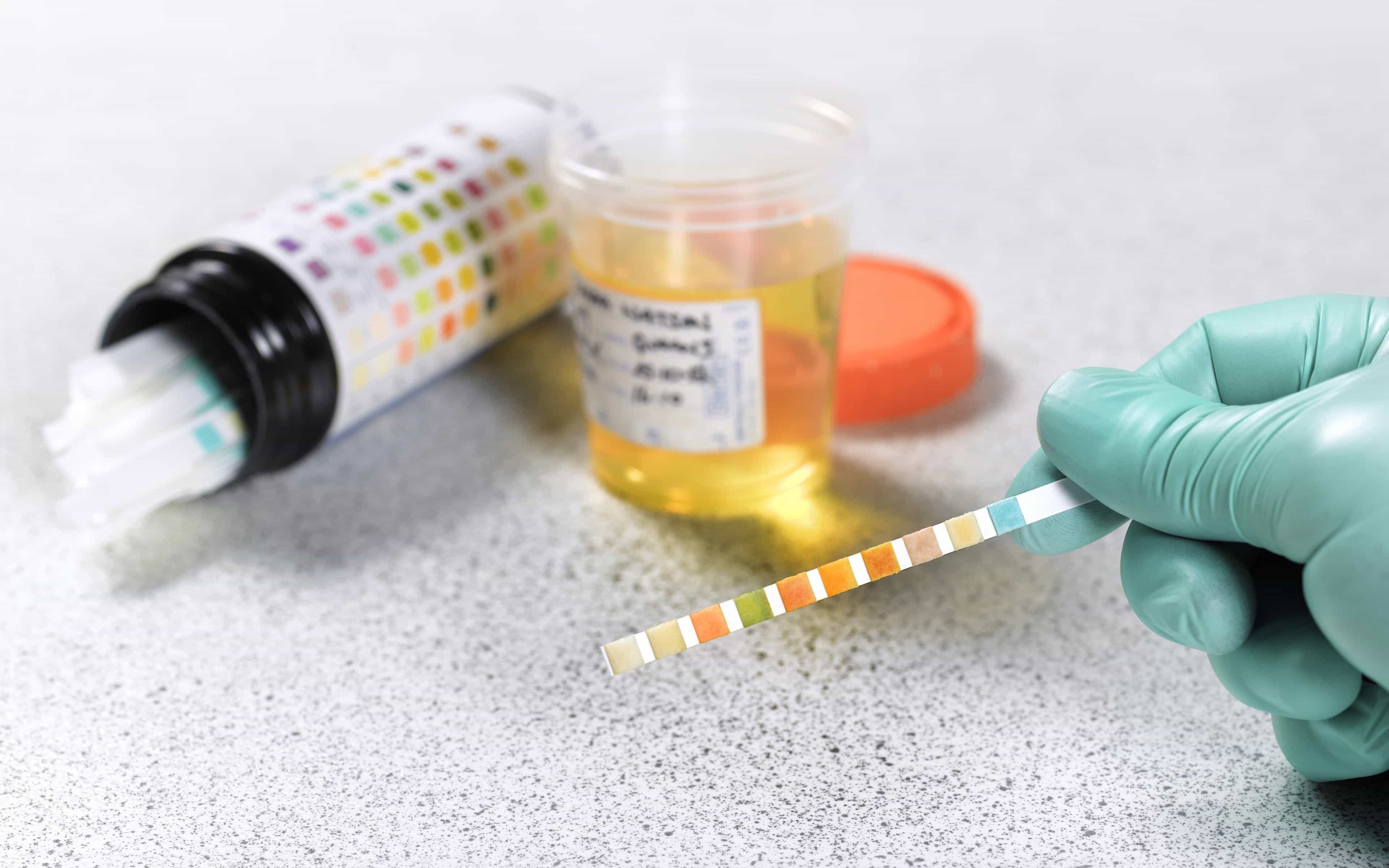

Articles
How To Store Pee For A Drug Test
Modified: February 23, 2024
Looking for articles on how to store pee for a drug test? Discover effective methods and techniques to ensure accurate results.
(Many of the links in this article redirect to a specific reviewed product. Your purchase of these products through affiliate links helps to generate commission for Storables.com, at no extra cost. Learn more)
Introduction
Welcome to our comprehensive guide on how to store pee for a drug test. Whether you’re applying for a new job, participating in a sports event, or any other situation that requires a drug test, knowing how to properly store your urine sample is crucial. Proper storage ensures that the sample remains viable and accurately reflects your drug-free status. In this article, we will walk you through the process of storing urine for a drug test, providing valuable tips and insights along the way.
Drug tests are designed to detect the presence of illicit substances or prescription medications in your system. Depending on the circumstances, you may be required to undergo a urine test, which involves providing a sample that will subsequently be analyzed in a laboratory. It’s important to note that tampering with or providing an altered or contaminated sample can lead to severe consequences, such as disqualification from a job opportunity or legal repercussions. Therefore, understanding the proper techniques for storing urine is essential to ensure the integrity of the sample.
In the following sections, we will discuss the materials you will need, how to choose the right container, proper collection techniques, temperature considerations, and the duration for which urine can be stored. Additionally, we will touch upon precautions and disclaimers to ensure you have a clear understanding of the process before proceeding. By the end of this guide, you will be well-equipped with the knowledge to confidently store your urine sample for a drug test and increase your chances of accurate results.
It’s important to note that this article serves as a guide and should not replace any instructions provided by the organization administering the drug test. Always follow their guidelines and consult with the respective authorities if you have any concerns or questions.
Now, let’s delve into the details and explore the world of storing pee for a drug test!
Key Takeaways:
- Properly storing urine for a drug test is crucial to maintain integrity and accuracy. Follow guidelines for collection, container choice, temperature control, and duration to increase the reliability of test results.
- Adhering to specific instructions, avoiding tampering, and understanding legal implications are essential when storing urine for a drug test. Prioritize accuracy, compliance, and proper labeling for successful testing.
Read more: How To Store Pee For Drug Test
Why Store Pee for a Drug Test?
When it comes to drug testing, the accuracy and reliability of the results are of utmost importance. Storing pee properly is crucial to ensure that the urine sample maintains its integrity and accurately reflects your drug-free status.
One of the main reasons to store pee for a drug test is to prevent any potential tampering or contamination. Drug testing facilities have strict protocols in place to detect any adulteration or dilution of urine samples. By following the proper storage procedures, you can protect the sample from exposure to external substances that could compromise its integrity.
Another reason to store urine for a drug test is to provide a back-up sample in case of any testing discrepancies. Sometimes, there may be an issue with the initial sample, such as a faulty testing procedure or an inconclusive result. Having a stored urine sample allows for retesting and verification, ensuring accurate results.
Additionally, storing your pee for a drug test allows for the possibility of independent analysis. If you feel that the initial test results are inaccurate or questionable, having a stored sample can provide you with the opportunity to seek a second opinion from another laboratory or facility.
Furthermore, in certain situations, such as legal cases or professional licensing requirements, it may be necessary to retain a urine sample for a specified period of time. By properly storing the sample, you can comply with any legal or regulatory obligations, as required.
Overall, the primary motivation for storing pee for a drug test is to ensure the integrity of the sample and guarantee accurate results. By following the guidelines and procedures outlined in this article, you can maintain the quality of the urine sample and increase the reliability of the drug test outcome.
Next, let’s explore the materials you will need to store your pee for a drug test.
Things You Will Need
Before you embark on the process of storing pee for a drug test, it’s important to gather all the necessary materials. Having these items on hand will ensure a smooth and efficient process. Here are the things you will need:
- A clean and sealable container: You will need a container to collect and store the urine sample. Opt for a container made of high-quality plastic or glass that has a tight-fitting lid to prevent any leakage or contamination.
- Labels and markers: It’s essential to label the container with relevant information such as your name, date of collection, and any other details required by the testing facility. Use waterproof markers or labels to ensure the information remains intact.
- Gloves: Wearing gloves during the collection process helps maintain hygiene and prevents cross-contamination. Disposable gloves made of latex or nitrile are recommended.
- A clean and private space: Find a clean and private area where you can comfortably collect the urine sample without any external interference. Ensure proper sanitation to avoid any potential contamination.
- A thermometer: Temperature plays a crucial role in drug testing. It’s important to monitor the temperature of the urine sample to ensure it falls within the acceptable range set by the testing facility. A digital thermometer is ideal for accurate readings.
- A cooler or storage bag: To maintain the temperature of the urine sample during transportation or storage, you will need a cooler or storage bag equipped with ice packs or temperature-regulating materials. This will help prevent any degradation of the sample.
- Instructions and guidelines: Familiarize yourself with the specific instructions and guidelines provided by the testing facility. Different facilities may have specific requirements, such as the type of container to use or the collection process to follow. Adhering to these instructions is crucial for a successful and accurate drug test.
Having these materials ready beforehand will ensure that you are well-prepared to store your pee for a drug test. Now that we have gathered the necessary supplies, let’s move on to the next section, where we will discuss how to choose the right container for the urine sample.
Choosing the Right Container
When it comes to storing pee for a drug test, selecting the appropriate container is essential. The container should meet certain criteria to ensure the integrity and validity of the urine sample. Here are some important factors to consider when choosing the right container:
- Sealability: The container should have a secure and tight-fitting lid to prevent any leakage or contamination. A container with a snap-on lid or a screw-on cap is ideal.
- Material: Opt for a container made of high-quality plastic or glass. Make sure that the material is free from any chemicals that may interfere with the drug test results.
- Cleanliness: Ensure that the container is clean and sterile before use. Wash it thoroughly with warm water and mild soap, then rinse it well to remove any residue. Avoid using containers that have been previously used for other purposes.
- Size and volume: Consider the required volume of urine to be collected and stored. The container should have enough capacity to hold an adequate sample. Check the guidelines provided by the testing facility to determine the specific volume required.
- Visibility: It’s beneficial to choose a container that is transparent or translucent. This allows for easy visual inspection of the urine sample, ensuring that it is free from any abnormal characteristics or tampering.
In addition to these considerations, it’s important to follow any specific container requirements provided by the testing facility. Some facilities may have specific regulations regarding the type or brand of container to use. Adhering to these guidelines is crucial to ensure compliance and the accuracy of the drug test results.
Remember to label the container with your name, date of collection, and any other information required. Use waterproof markers or labels to prevent smudging or fading of the information. These labels will help identify your sample and prevent any mix-ups during the testing process.
Now that you understand how to choose the right container for storing your urine sample, let’s move on to the next section, where we will discuss the proper techniques for collecting the sample.
Collecting the Sample
Collecting the urine sample correctly is crucial to ensure the accuracy and integrity of the drug test results. Follow these steps to properly collect the sample:
- Wash your hands: Before collecting the urine sample, thoroughly wash your hands with soap and warm water. This helps eliminate any potential contaminants that could interfere with the test results.
- Choose the right time: Most drug tests require a midstream urine sample. This means that you should discard the initial urine stream and collect the middle portion of the urine stream. This helps minimize any potential contamination from the urethra or genitals.
- Prepare the container: Open the container and make sure it is clean and ready for use. Keep in mind that some testing facilities may require a specific type of container, so check the guidelines provided.
- Start urinating: Begin urinating into the toilet or a separate clean container. Make sure to discard the initial urine stream.
- Collect the midstream urine: Once you have discarded the initial portion, position the container in a way that allows you to collect the middle portion of the urine stream. Be careful not to touch the inside of the container.
- Fill the container: Continue urinating until you have collected the required volume of urine as specified by the testing facility. Avoid overfilling the container as it may cause leakage or spillage.
- Secure the container: After filling the container, ensure that the lid is tightly sealed to prevent any leakage or contamination. Double-check that the container is properly labeled with your name and the date of collection.
It’s important to note that some drug tests may require supervised collection, where a collector or observer is present during the urine collection process. If this is the case, follow their instructions and guidelines accordingly.
Remember, maintaining the integrity of the urine sample is paramount. Avoid touching the inside of the container, as it may introduce contaminants that could compromise the validity of the sample. Additionally, do not mix the sample with any other substances, as it may lead to inaccurate results.
Now that you have successfully collected the urine sample, it’s time to move on to the next section, where we will discuss the proper techniques for storing pee to ensure its viability for the drug test.
Store your pee in a clean, airtight container and keep it refrigerated until the drug test. Make sure to use it within 24 hours for accurate results.
Read more: How To Store Pee For Drug Test?
Storing Pee Properly
Properly storing pee for a drug test is crucial to maintain the integrity and viability of the urine sample. Follow these guidelines to ensure you store your pee properly:
- Transfer the urine sample: Once you have collected the urine sample, promptly transfer it into the designated storage container. Ensure that the container is clean, sterile, and has a tight-fitting lid.
- Seal the container: Make sure the lid is securely tightened to prevent any leakage or contamination. Check that the container is properly labeled with your name, the date of collection, and any additional information required by the testing facility.
- Store in a cool place: It’s important to store the urine sample in a cool place to prevent bacterial growth and maintain the sample’s integrity. Find a location with a stable temperature, ideally between 2°C and 8°C (36°F and 46°F).
- Avoid direct sunlight: Exposure to direct sunlight can alter the composition of the urine sample and affect its validity. Store the sample away from direct sunlight or any other sources of heat.
- Keep it in a secure area: Store the urine sample in a secure area to prevent unauthorized access or tampering. Ensure that only authorized personnel have access to the stored samples.
- Follow storage duration guidelines: Different testing facilities may have specific guidelines regarding the duration for which urine samples can be stored before testing. Adhere to these guidelines to maintain the sample’s viability. Typically, urine samples should be tested within 24 to 48 hours of collection.
It’s important to note that some drug tests require urine samples to be refrigerated during storage. If refrigeration is necessary, place the container in a refrigerator set to the appropriate temperature range. Avoid freezing the sample, as it may cause degradation and affect the accuracy of the test results.
If you need to transport the stored urine sample to a testing facility, ensure that you use a cooler or storage bag equipped with ice packs or temperature-regulating materials. This helps maintain the temperature of the sample during transportation and prevents any degradation.
Lastly, always follow the specific instructions provided by the testing facility regarding storage requirements. Different tests may have varying guidelines, and it’s important to adhere to these for accurate results.
Now that you know how to store your urine sample properly, let’s move on to the next section, where we will discuss the crucial temperature considerations for a drug test.
Temperature Considerations
Temperature is a critical factor when it comes to storing and submitting a urine sample for a drug test. Most drug tests require urine samples to be within a certain temperature range to ensure accuracy and validity. Here are some important temperature considerations to keep in mind:
- Temperature requirements: Familiarize yourself with the specific temperature range mandated by the testing facility. Different facilities may have varying temperature requirements, but generally, the acceptable range is between 32°C and 38°C (90°F and 100°F).
- Immediate temperature check: After collecting the urine sample, check its temperature immediately. You can use a digital thermometer to measure the temperature. Insert the thermometer into the sample without touching the container walls to obtain an accurate reading.
- Monitoring during storage: It’s crucial to monitor the temperature of the stored urine sample to ensure it remains within the acceptable range. Place a thermometer in the storage container or use a temperature-sensitive strip to keep track of the sample’s temperature.
- Consider using hand warmers or heat packs: If the urine sample’s temperature falls below the required range, you can use hand warmers or heat packs to bring it back to the desired temperature. Follow the instructions provided with the hand warmers or heat packs carefully to avoid overheating the sample.
- Transportation temperature: If you need to transport the stored urine sample to a testing facility, ensure that it remains within the acceptable temperature range during transit. Use a cooler or storage bag with ice packs or temperature-regulating materials to maintain the sample’s temperature.
It’s important to note that submitting a urine sample that is outside the acceptable temperature range may raise suspicion and could lead to further testing or even disqualification. Therefore, it is crucial to carefully monitor and regulate the temperature of the sample throughout the storage and transportation process.
If you are unsure about the specific temperature requirements or how to maintain the desired temperature for your urine sample, it is strongly recommended that you consult the guidelines provided by the testing facility or seek advice from the respective authorities.
Now that you understand the importance of temperature considerations, let’s move on to the next section, where we will discuss the duration for which urine can be stored for a drug test.
Duration of Storage
The duration for which urine can be stored for a drug test varies depending on the guidelines set by the testing facility. It’s important to follow these guidelines to ensure the integrity and accuracy of the urine sample. Here are some general considerations regarding the duration of storage:
- Storage guidelines: Familiarize yourself with the specific storage guidelines provided by the testing facility. Different facilities may have varying recommendations on how long urine samples can be stored before testing. Typically, urine samples should be tested within 24 to 48 hours of collection.
- Refrigeration: If refrigeration is required, ensure that the urine sample is stored in a refrigerator set to the appropriate temperature range. Avoid freezing the sample, as it may cause degradation and affect the accuracy of the test results.
- Follow specific instructions: It’s important to follow any specific instructions provided by the testing facility regarding the duration of storage. Some facilities may have specific requirements based on the type of test being conducted.
- Request clarity if needed: If you are unsure about the duration for which the urine sample can be stored or if you require any clarifications, don’t hesitate to reach out to the testing facility for further guidance. It is better to seek clarification to ensure compliance.
Adhering to the recommended storage duration is crucial to maintain the viability and integrity of the urine sample. Storing the sample for longer periods than prescribed may lead to potential degradation, compromising the accuracy of the drug test results.
Always remember to prioritize accuracy and compliance when it comes to storing urine samples for a drug test. If you have any doubts or concerns regarding the duration of storage, it’s best to seek clarification from the testing facility or relevant authorities.
Now that you understand the considerations regarding the duration of storage, let’s move on to the next section, where we will discuss important precautions and disclaimers to keep in mind when storing pee for a drug test.
Precautions and Disclaimers
When it comes to storing pee for a drug test, there are important precautions and disclaimers to keep in mind to ensure the accuracy and integrity of the process. Here are some crucial points to consider:
- Follow instructions: Always adhere to the specific instructions provided by the testing facility. Different facilities may have varying requirements, and it’s important to comply with their guidelines to avoid any issues or complications.
- Avoid tampering or contamination: Do not tamper with or alter the urine sample in any way. Introducing foreign substances or contaminants can compromise the validity of the test results and may lead to severe consequences.
- Labeling: Properly label the container with your name, the date of collection, and any other information required. Clear and accurate labeling helps prevent mix-ups and ensures proper identification of the sample.
- Privacy and sanitation: Maintain privacy and cleanliness during the collection process. Avoid any potential sources of contamination and ensure proper sanitation to prevent any external factors from affecting the urine sample.
- Store securely: Store the urine sample in a secure location to prevent unauthorized access or tampering. Ensure that only authorized personnel have access to the stored samples.
- Consult with experts: If you have any concerns or questions regarding the storage process, it is recommended to consult with experts or the testing facility for advice. They can provide the necessary guidance and clarification.
- Legal implications: It’s important to be aware of the legal implications associated with falsifying or tampering with urine samples for a drug test. Engaging in such activities can lead to serious consequences, including disqualification from job opportunities or legal repercussions.
It’s crucial to remember that this article is a general guide and should not replace any specific instructions or guidelines provided by the testing facility. Always follow their recommendations to ensure compliance and accurate results.
Additionally, be aware that drug testing regulations and procedures may vary depending on your location, industry, or specific circumstances. Stay informed about the regulations and requirements relevant to your situation.
By following these precautions and disclaimers, you can ensure a proper and accurate process of storing pee for a drug test.
Now that we’ve covered the important precautions and disclaimers, let’s conclude our comprehensive guide on storing pee for a drug test in the final section.
Read more: How To Store Urine For Drug Test
Conclusion
Congratulations! You’ve reached the end of our comprehensive guide on how to store pee for a drug test. By following the guidelines and recommendations outlined in this article, you are well-equipped to store your urine sample properly and increase the accuracy and integrity of the drug test results.
We discussed the importance of storing pee for a drug test and the reasons behind it. Properly storing the urine sample helps prevent tampering, provides a backup in case of discrepancies, and allows for independent analysis if needed. We also covered the essential materials you will need, including a suitable container, labels, gloves, and instructions provided by the testing facility.
Choosing the right container is crucial to maintain the integrity of the urine sample. We discussed factors to consider, such as sealability, material, cleanliness, size, and visibility of the container. Collecting the sample correctly is also vital, following proper techniques like washing hands, choosing the right time, and transferring the sample into the container.
We explored how to store the urine sample properly, emphasizing cool and secure storage away from direct sunlight. Temperature considerations were discussed, including monitoring during storage and transportation, the use of hand warmers or heat packs if required, and adherence to the testing facility’s temperature range guidelines.
The duration of storage is an important aspect to ensure accurate results. We emphasized following the specific guidelines provided by the testing facility regarding the storage duration, typically within 24 to 48 hours of collection.
Lastly, we highlighted important precautions and disclaimers, including following instructions, avoiding tampering and contamination, proper labeling, maintaining privacy and sanitation, and seeking expert advice when needed. We also stressed the legal implications associated with falsifying or tampering with urine samples.
Remember, the information provided in this article serves as a general guide. Always refer to the specific instructions and guidelines provided by the testing facility to ensure compliance and accurate results.
Now that you have a comprehensive understanding, go forth with confidence and store your pee properly for a drug test. Good luck!
Frequently Asked Questions about How To Store Pee For A Drug Test
Was this page helpful?
At Storables.com, we guarantee accurate and reliable information. Our content, validated by Expert Board Contributors, is crafted following stringent Editorial Policies. We're committed to providing you with well-researched, expert-backed insights for all your informational needs.
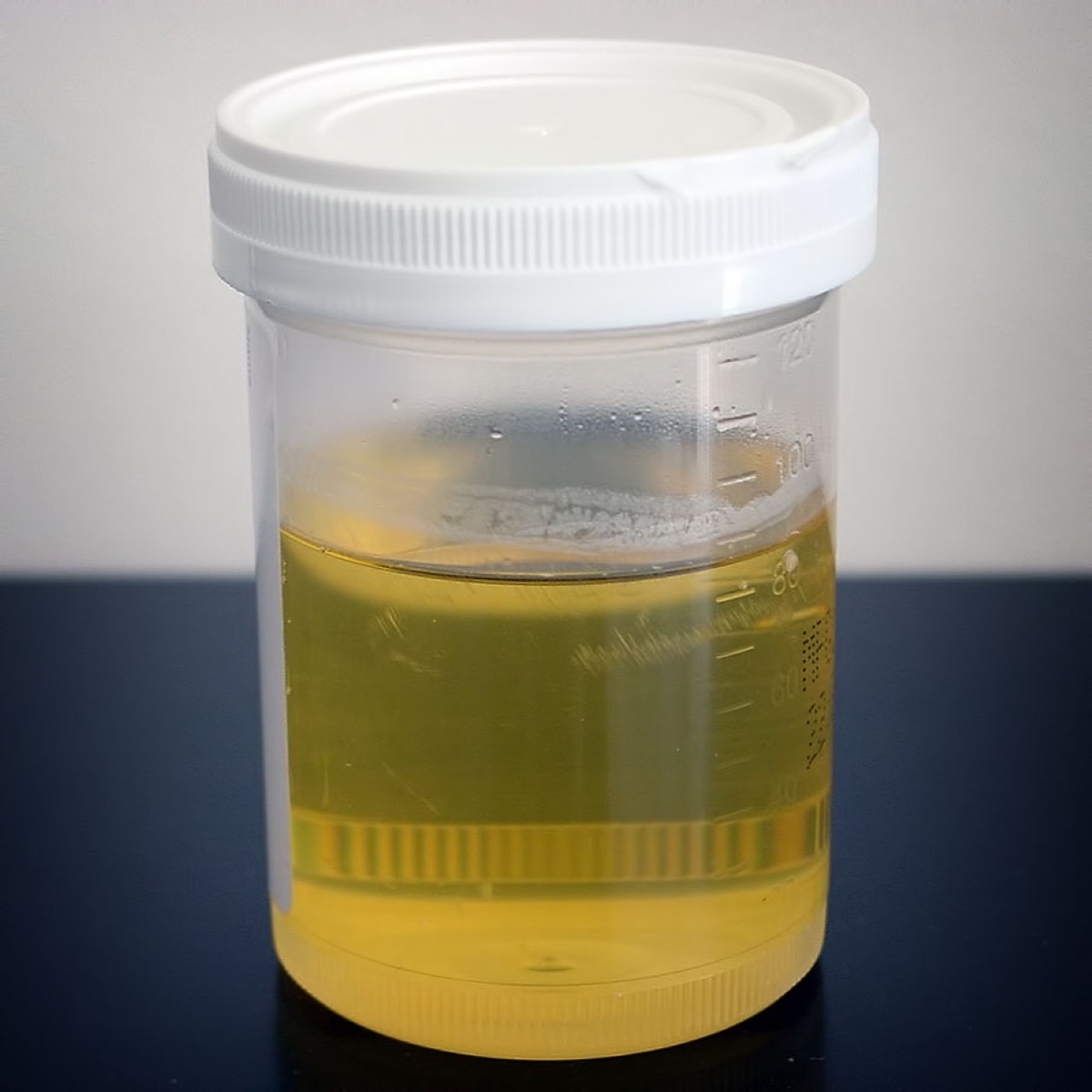
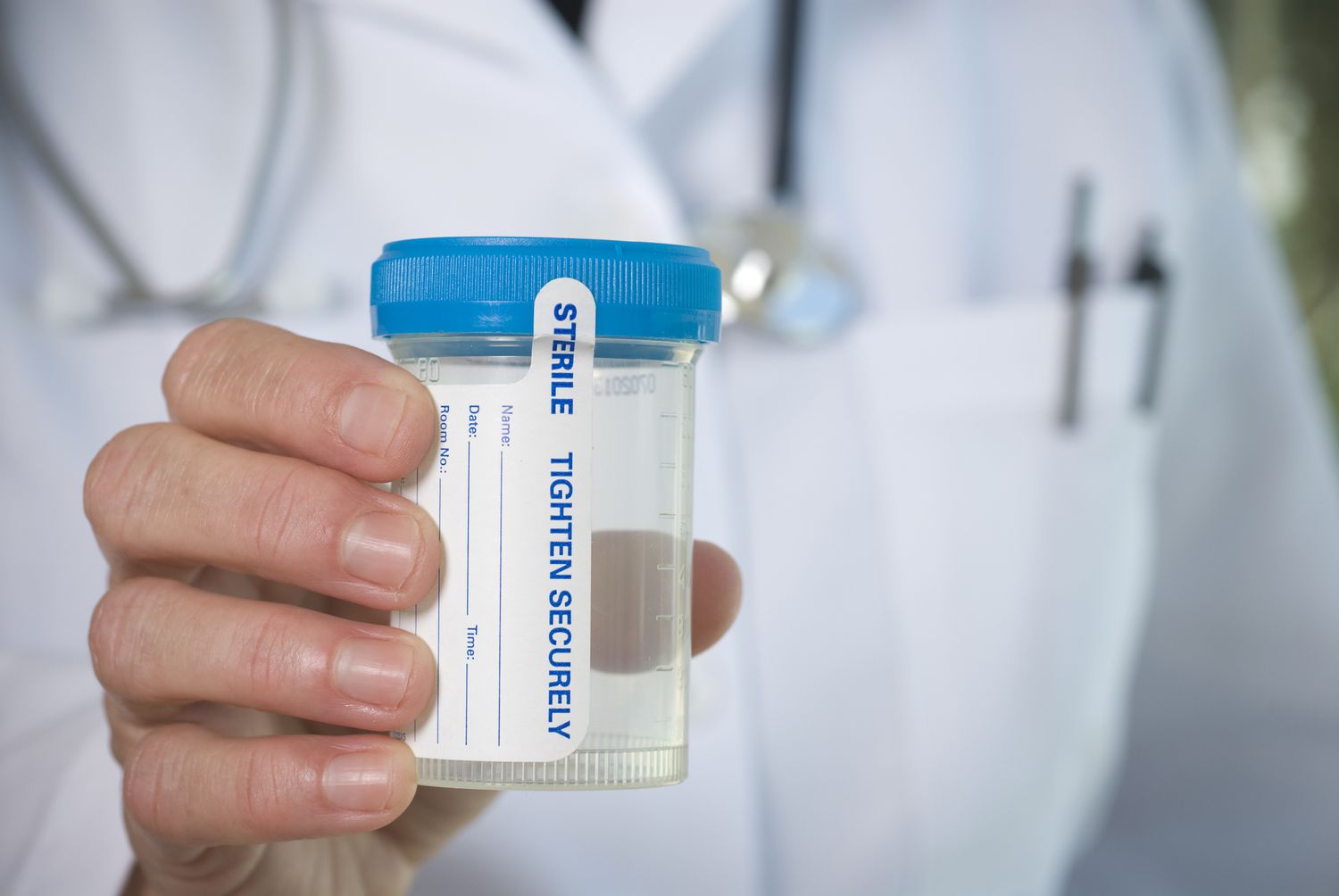
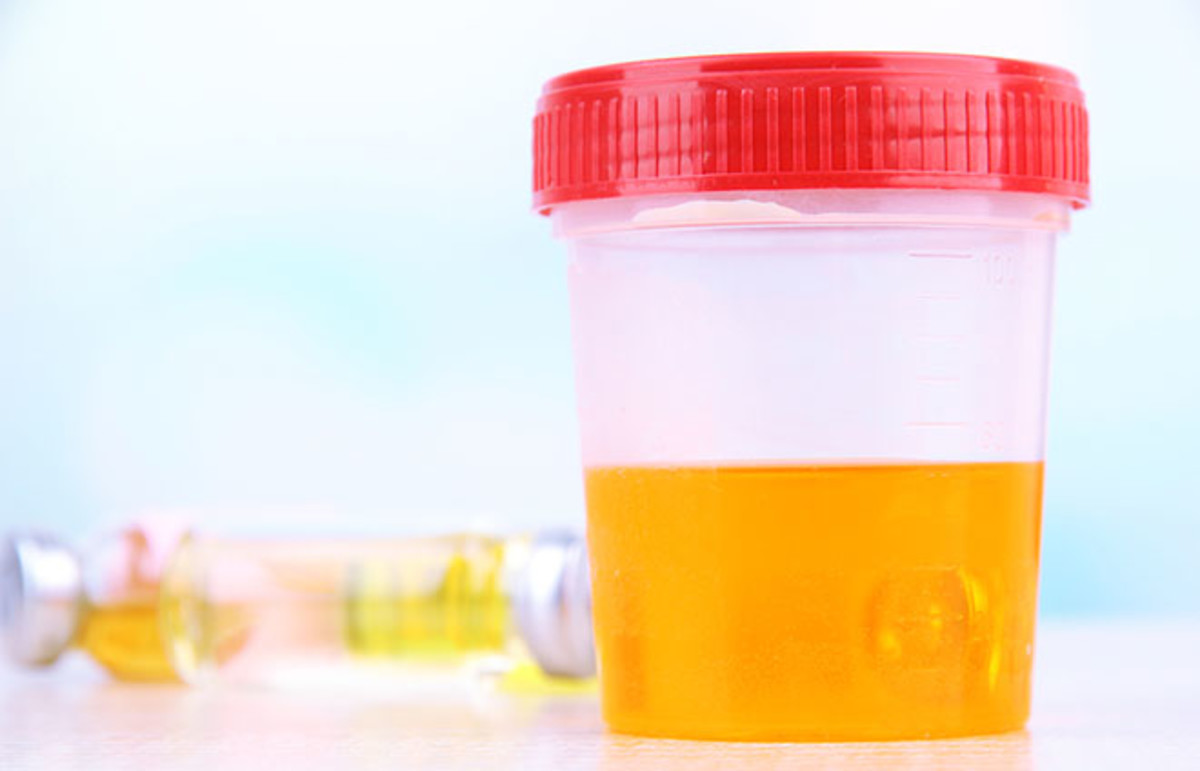

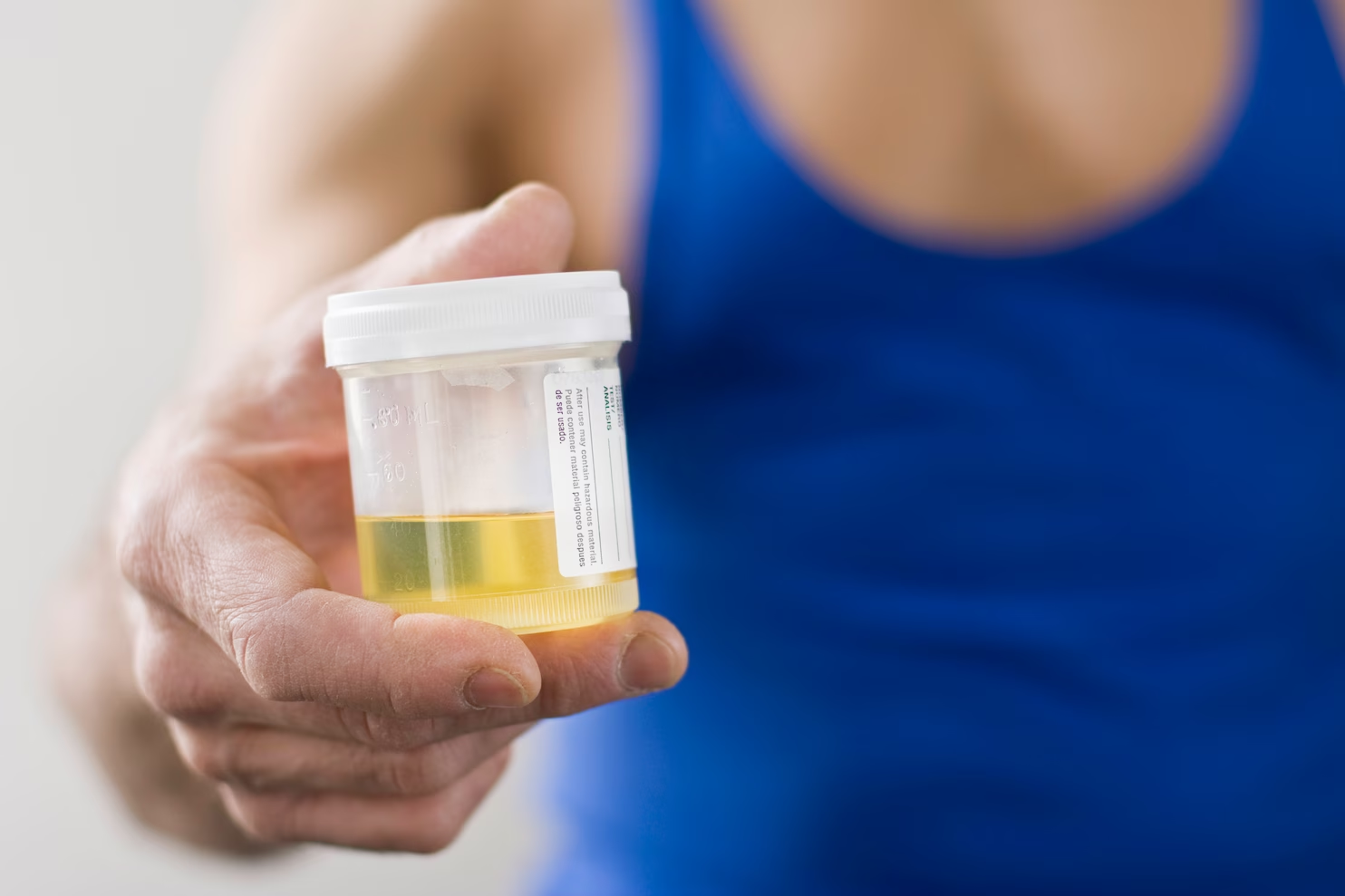
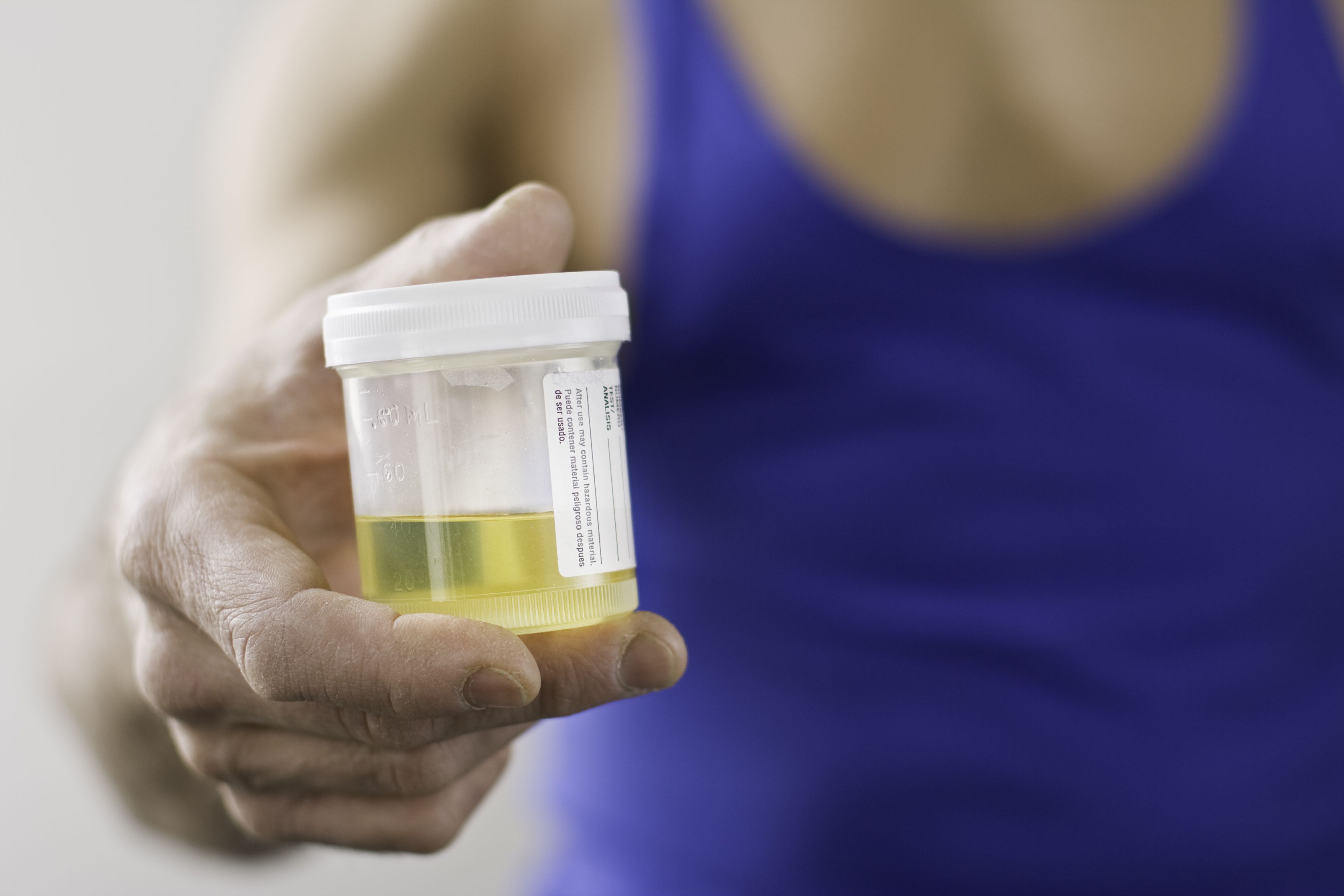
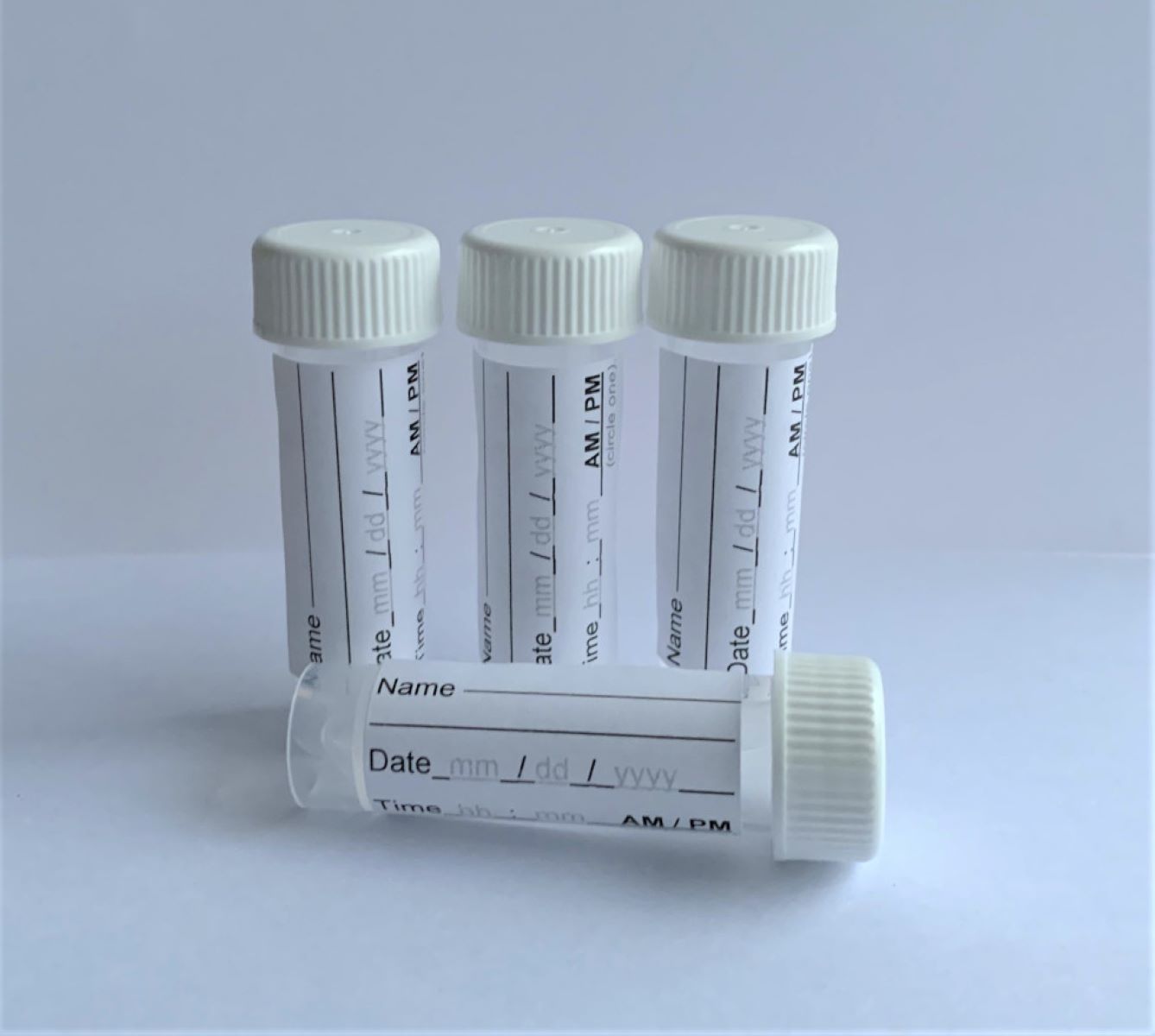
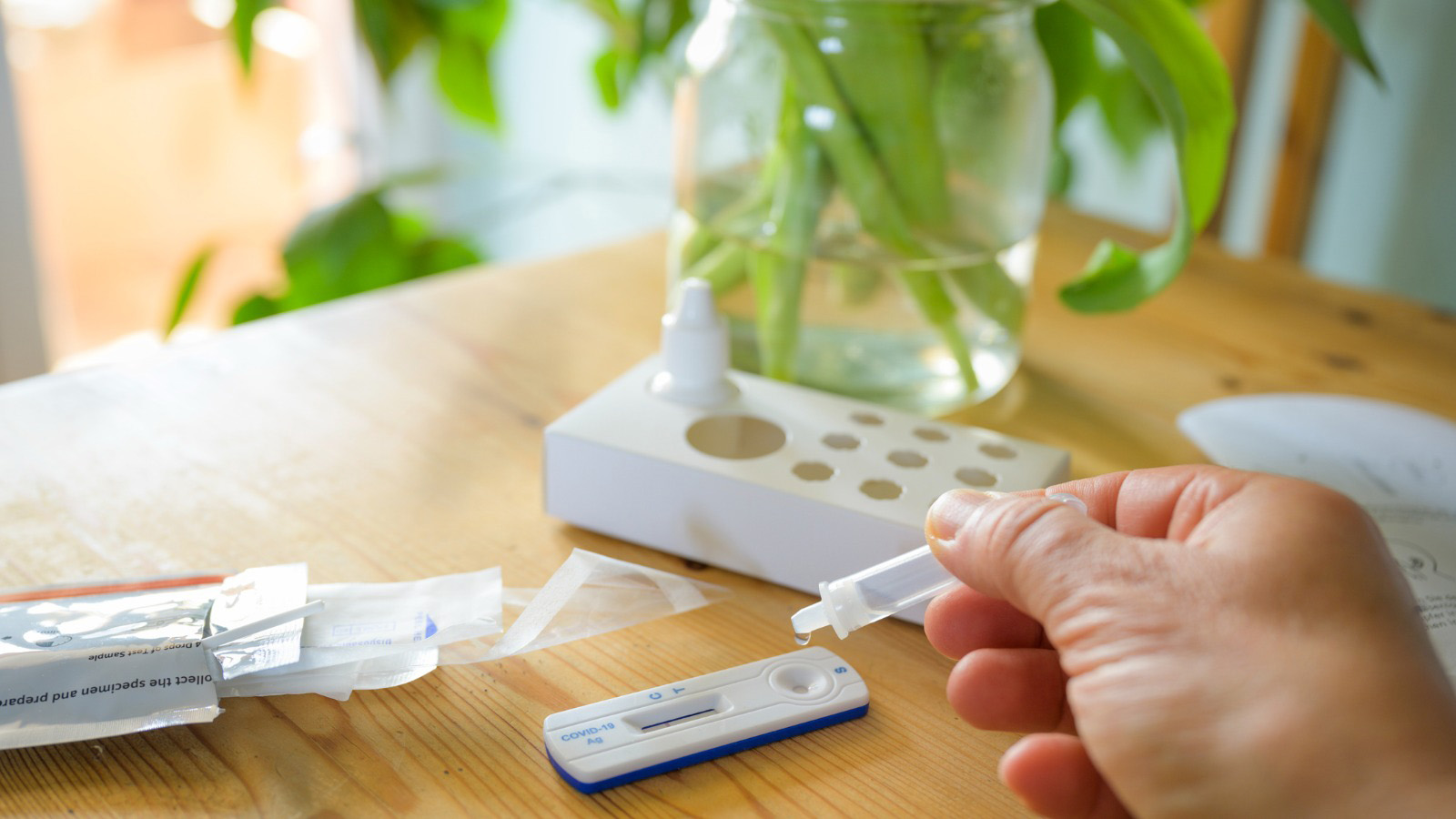
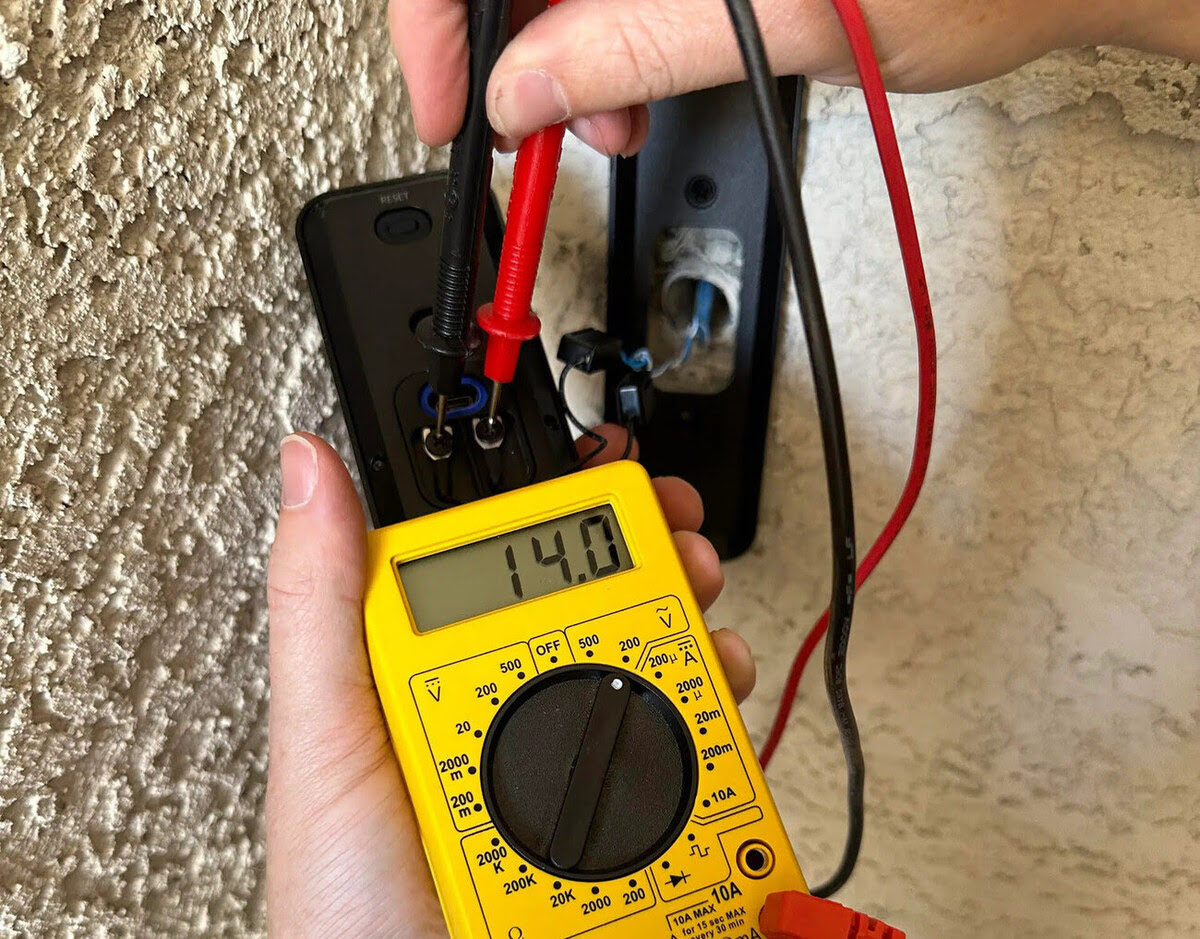





0 thoughts on “How To Store Pee For A Drug Test”